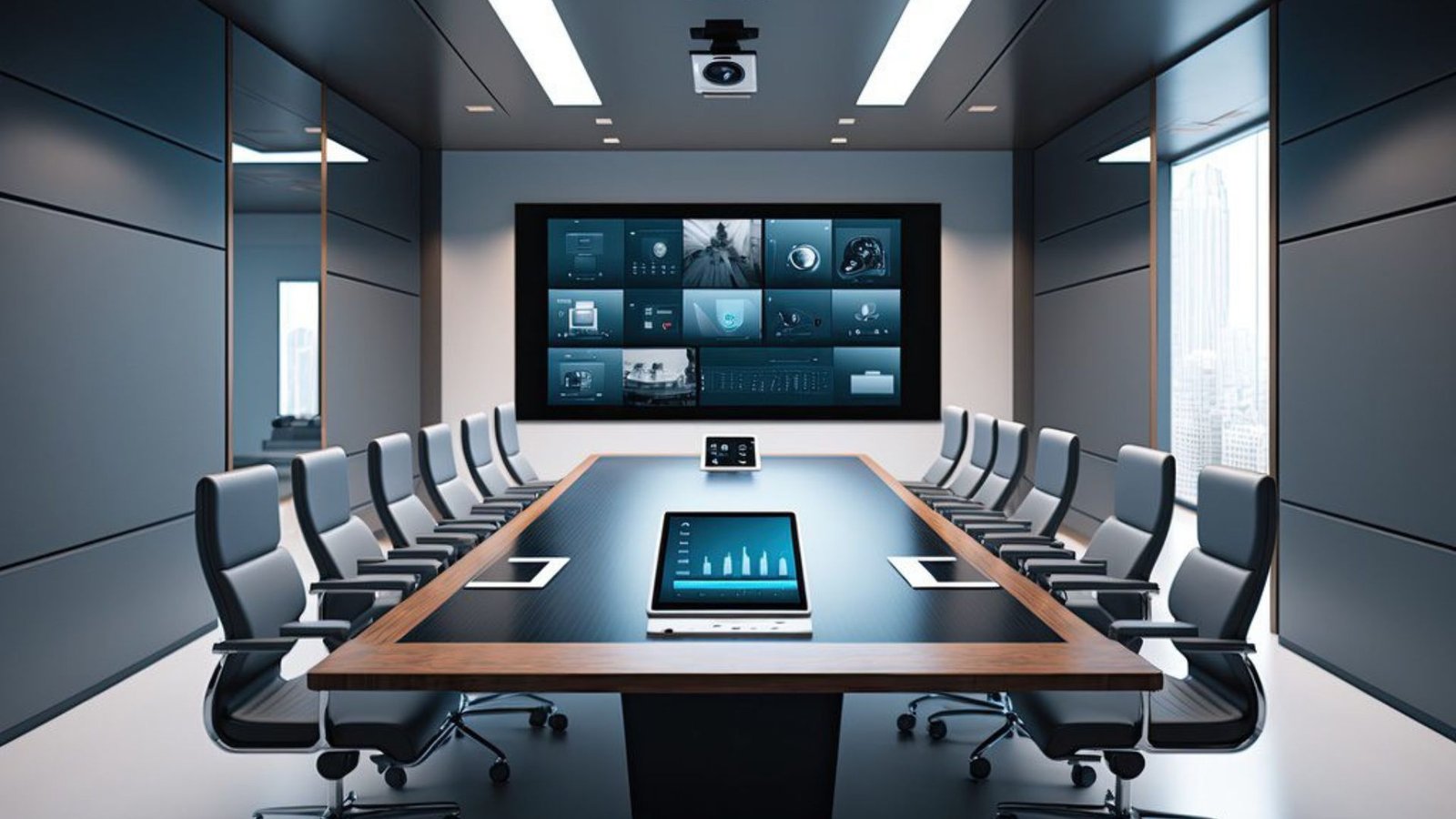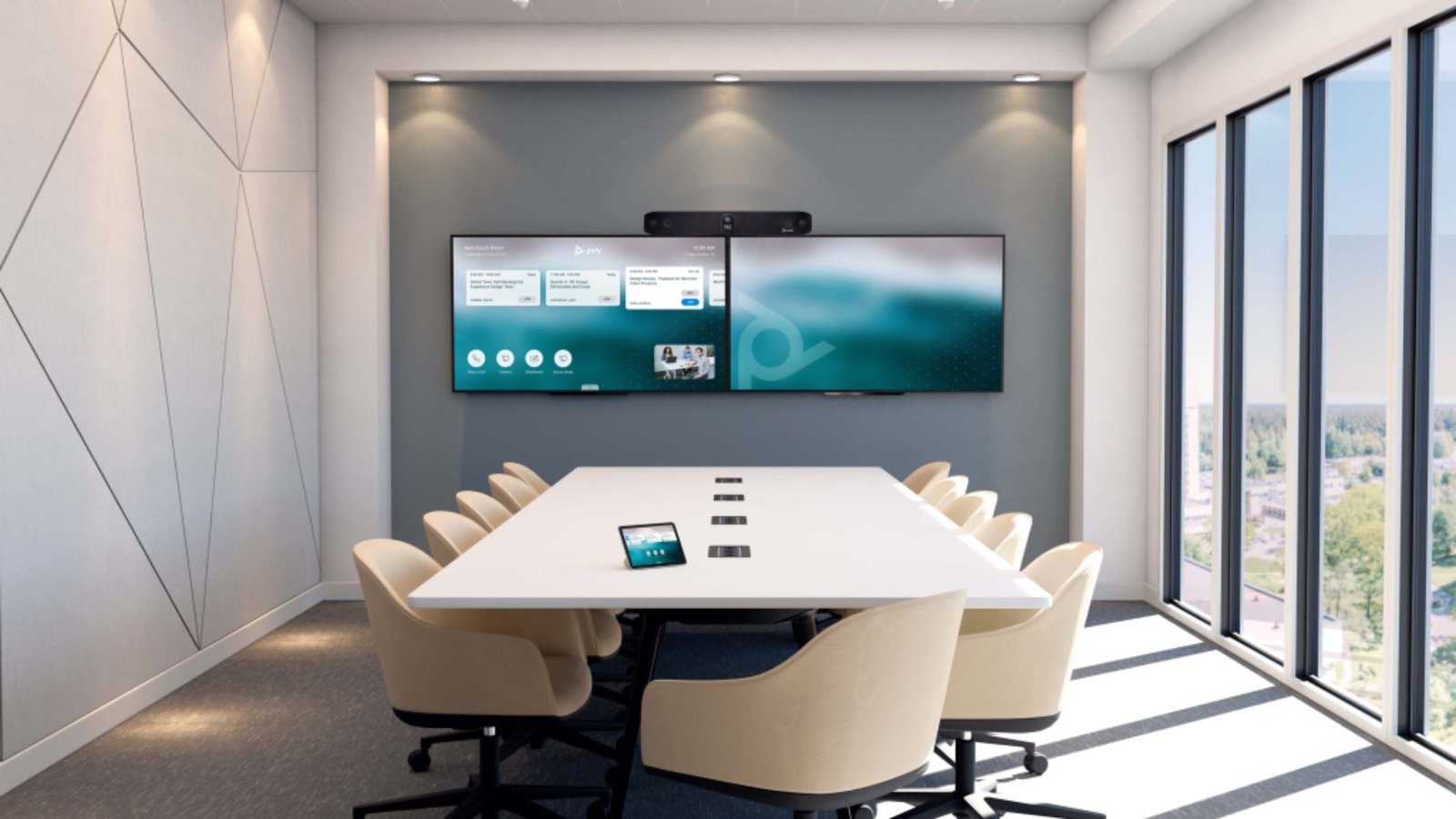Ways of Customizing Conference Systems for Specific Needs
Customizing conference systems can significantly enhance productivity and collaboration in any organization. Whether you’re setting up a boardroom, a small meeting room, or a large conference hall, tailoring your conference system to fit specific needs is crucial for an effective setup. Here’s a detailed guide on how to customize conference systems to meet your unique requirements.
1. Assess Your Meeting Space
The first step in customizing conference systems is to assess your meeting space. Consider the room’s size, shape, and acoustics. This evaluation helps determine the right type of audio and visual equipment needed. For instance, a large room might require multiple microphones and speakers, while a small room might need just a single setup.

2. Choose the Right Audio Equipment
Selecting the right audio equipment is key to successful conference system customization. For clear sound, invest in high-quality microphones and speakers. Consider using ceiling or table microphones based on your room’s layout. For larger spaces, look into wireless microphone systems to avoid clutter.
3. Integrate High-Resolution Video
For a complete conference experience, integrate high-resolution video capabilities. Customizing conference systems with HD or 4K cameras ensures that all participants are visible and that visual aids are clear. Choose cameras with wide-angle lenses for better coverage in larger rooms.
4. Install User-Friendly Control Panels
User-friendly control panels make operating your conference system easier. Touchscreen interfaces allow you to control audio, video, and lighting settings with ease. Customizing these panels to fit your needs can streamline the setup and operation of your conference system.
5. Implement Wireless Connectivity
Incorporate wireless connectivity options to facilitate easy connections for laptops, tablets, and smartphones. Wireless presentation systems and screen sharing can eliminate the need for cables and make it simpler for participants to share content during meetings.
6. Ensure Compatibility with Existing Tools
Customizing conference systems should include ensuring compatibility with existing tools and software. Check that your conference system integrates seamlessly with platforms like Zoom, Microsoft Teams, or Google Meet. This integration is crucial for smooth video calls and presentations.
7. Optimize Acoustics
Good acoustics are essential for effective communication. Use acoustic panels, soundproofing materials, or ceiling tiles to improve the sound quality in your meeting space. Customizing the acoustics of your room helps to minimize echo and background noise.
8. Set Up Effective Lighting
Proper lighting enhances video quality and participant visibility. Install adjustable lighting to ensure that the room is well-lit without causing glare on screens. Customizing the lighting setup can make a big difference in the overall conference experience.
9. Configure Advanced Video Conferencing Features
Leverage advanced video conferencing features like automatic framing and speaker tracking. These features help keep the focus on the active speaker and make meetings more engaging. Customizing your system to include these features can improve the overall video conferencing experience.
10. Plan for Accessibility
Ensure that your conference system is accessible to all participants. Include features like closed captioning and audio descriptions to accommodate those with disabilities. Customizing your system for accessibility ensures that everyone can participate effectively.
11. Provide Training for Users
Provide training for your team on how to use the customized conference system. This can include hands-on sessions or instructional guides. Training helps users become familiar with the system’s features and capabilities, leading to smoother meetings.
12. Test the System Regularly
Regular testing of your conference system ensures that it continues to meet your needs. Conduct routine checks to ensure that all equipment is functioning correctly and that software updates are installed. Regular maintenance helps prevent technical issues during important meetings.
13. Adapt for Different Meeting Types
Customize your conference system to accommodate various types of meetings. For example, configure settings for board meetings, team huddles, or training sessions. This flexibility ensures that your system can handle different meeting formats effectively.
14. Incorporate Collaboration Tools
Integrate collaboration tools into your conference system to enhance teamwork. Tools like digital whiteboards, document sharing, and collaborative apps can be added to your setup. Customizing your system to include these tools facilitates more interactive and productive meetings.
15. Plan for Future Upgrades
Finally, plan for future upgrades when customizing your conference system. Choose equipment and software that can be easily upgraded or expanded as your needs evolve. Planning for scalability ensures that your system remains effective as technology advances.
Conclusion
Customizing conference systems to fit specific needs can greatly enhance your meeting experiences. By assessing your space, choosing the right equipment, and integrating advanced features, you can create a setup that meets your organization’s unique requirements. Regular testing, training, and planning for future upgrades ensure that your conference system remains efficient and effective.



